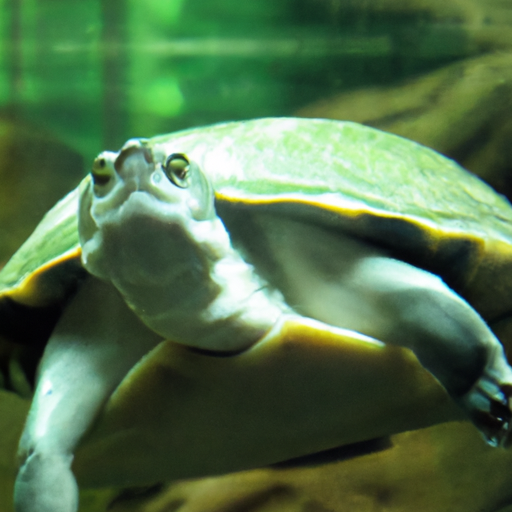Have you ever wondered how to create a healthy and balanced environment for your pet turtle? Maintaining a proper day-night cycle is crucial for their well-being, and this article will guide you through the process of establishing a turtle lighting schedule. By understanding the importance of simulating their natural habitat, you will be able to provide your beloved reptile with the optimal lighting conditions necessary for their overall health and happiness. Whether you are a seasoned turtle owner or just starting out, this article will equip you with the knowledge to create a thriving environment for your shelled friend.
1. Importance of a Day-Night Cycle for Turtles
1.1 Benefits of a natural lighting cycle
A day-night cycle is crucial for the overall well-being and health of turtles. Just like any other living creature, turtles have evolved to rely on natural light cues to regulate their daily activities. A natural lighting cycle helps turtles maintain a healthy circadian rhythm and provides various benefits.
Firstly, exposure to natural daylight allows turtles to distinguish between day and night, helping them establish regular activity and rest periods. This helps maintain their natural behavior patterns, such as feeding, basking, and exploring their surroundings. It also promotes mental and physical stimulation, contributing to their overall happiness and quality of life.
Additionally, natural light helps turtles regulate their body temperature. Exposure to natural sunlight cues their internal processes to optimize body functions, including digestion, absorption of nutrients, and overall metabolism. The warmth of the sun during the day aids in basking, which is essential for their thermoregulation. A proper day-night cycle ensures turtles receive the necessary amount of light and warmth to support their biological processes.
1.2 Effects of an unnatural lighting cycle
On the other hand, an unnatural lighting cycle can have detrimental effects on turtles. Keeping turtles in constant artificial light or darkness disrupts their natural circadian rhythm. This can lead to several issues, such as changes in feeding patterns, hormonal imbalances, reduced activity, and even suppressed immune systems. Without a clear day-night cycle, turtles may experience significant stress and exhibit abnormal behaviors.
Moreover, an unnatural lighting cycle can disrupt turtles’ ability to regulate their body temperature, leading to either overheating or inadequate heat exposure. This can be harmful to their health and make them more susceptible to various diseases and infections. Overall, an unnatural lighting cycle can compromise a turtle’s overall welfare and increase the risk of health problems.
2. Understanding the Circadian Rhythm of Turtles
2.1 Definition of the circadian rhythm
The circadian rhythm is the internal biological clock that regulates various physiological and behavioral processes in living organisms, including turtles. It is a 24-hour cycle that helps coordinate activities such as sleeping, waking, eating, and reproduction. The circadian rhythm is closely linked to the light-dark cycle in the environment and plays a crucial role in maintaining the overall health and well-being of turtles.
2.2 How the circadian rhythm affects turtles
For turtles, the circadian rhythm governs various aspects of their daily lives. It influences their activity levels, feeding patterns, and the timing of important biological functions. Turtles are diurnal, meaning they are primarily active during the day and rest at night. Their circadian rhythm helps synchronize their internal processes with the external environment, allowing them to thrive and function optimally.
The circadian rhythm also impacts the production of hormones in turtles. For instance, the release of hormones like melatonin and cortisol follows a specific pattern throughout the day and night. Disturbing the natural light-dark cycle can disrupt the release of these hormones, leading to imbalances that affect a turtle’s overall health and behavior.
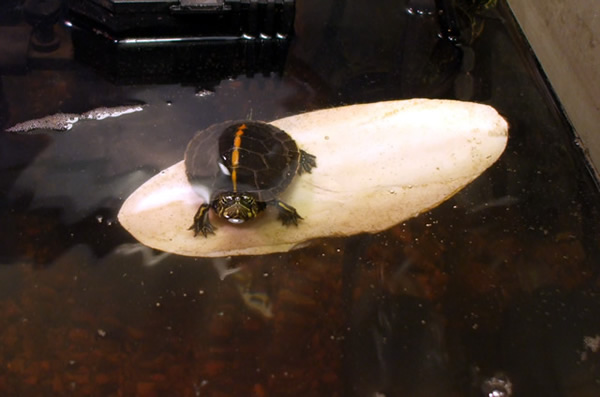
3. Factors to Consider when Establishing a Lighting Schedule
3.1 Natural lighting conditions
When establishing a lighting schedule for turtles, it is crucial to consider the natural lighting conditions they would experience in their natural habitats. Researching the specific species of turtle you have will help understand the lighting conditions they would encounter in the wild. This information will serve as a useful guide when creating an artificial lighting schedule that mimics their natural environment.
3.2 Species-specific lighting requirements
Different species of turtles may have specific lighting requirements based on their natural habitats and lifestyles. Some turtles may require more exposure to UVB light, while others may need a specific light intensity to promote a healthy circadian rhythm. Understanding the specific lighting needs of your turtle species will ensure they receive adequate light for their overall well-being.
3.3 Age and life stage of the turtle
It is essential to consider the age and life stage of the turtle when establishing a lighting schedule. Young turtles may have different requirements compared to adult turtles, especially when it comes to exposure to UVB light for shell and bone development. Adjusting the lighting schedule as the turtle grows and progresses through different life stages is crucial for their optimal health and development.
4. Designing a Day-Night Lighting Schedule
4.1 Mimicking natural light cycles
To create a day-night lighting schedule for your turtle, it is important to mimic the natural light cycles they would experience in the wild. This involves providing a period of bright light during the day and a period of darkness at night. A timer can be used to automate the lighting schedule and ensure consistency.
4.2 Recommended duration of light exposure
The recommended duration of light exposure for turtles can vary depending on the species and their specific needs. As a general guideline, providing 10-12 hours of light exposure per day is considered sufficient to maintain a healthy day-night cycle. However, it is important to research your turtle species and consult with a reptile specialist to determine the ideal duration of light exposure for your specific turtle.
4.3 Simulating dawn and dusk
In addition to providing a clear distinction between day and night, it is beneficial to simulate the gradual transition of light during dawn and dusk. This can be achieved by using dimmer switches or slowly adjusting the intensity of the lighting to mimic the natural changes in light levels. Simulating dawn and dusk helps turtles anticipate and adjust to the upcoming changes in their environment, promoting a more natural and stress-free experience.
4.4 Importance of darkness for rest
It is essential to provide a period of darkness during the night for turtles to rest and recharge. Darkness is crucial for maintaining a healthy circadian rhythm and promoting restful sleep. Avoiding excessive exposure to artificial light during the night is vital to prevent disturbances in the turtle’s natural sleep patterns. Ensuring a quiet and dark environment during the night will contribute to their overall well-being.
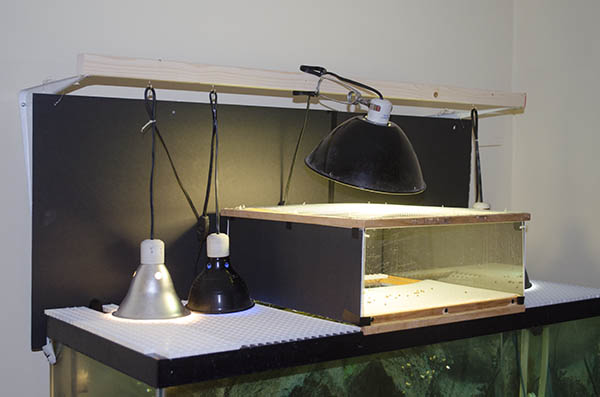
5. Implementing the Lighting Schedule
5.1 Choosing the right lighting fixtures
Choosing the appropriate lighting fixtures is key to implementing an effective lighting schedule for turtles. Full-spectrum lighting systems that include UVB and UVA components are recommended, as they closely replicate the natural sunlight that turtles would receive in the wild. It is important to invest in high-quality and reptile-specific lighting fixtures to ensure your turtle receives the necessary light exposure for their optimal health.
5.2 Importance of UVB lighting
UVB lighting is essential for turtles as it helps them produce vitamin D3, which is necessary for calcium absorption and shell development. Without adequate UVB exposure, turtles may develop metabolic bone disease, a condition characterized by weakened bones and shell deformities. Providing a UVB source within the lighting system is crucial for maintaining the health and well-being of your turtle.
5.3 Setting up the lighting system
When setting up the lighting system, it is important to position the lights properly to ensure even distribution of light and heat throughout the enclosure. Ideally, the lighting fixtures should be placed above the basking area, providing a warm and bright spot for the turtle to bask and receive UVB exposure. Additionally, it is important to consider the size and layout of the enclosure to ensure the lighting system adequately covers the entire space.
5.4 Monitoring and adjusting the schedule
Once the lighting schedule is implemented, it is important to monitor the turtle’s behavior and overall health to ensure the schedule is meeting their needs. Observing their activity levels, feeding patterns, and overall demeanor will help determine if any adjustments need to be made to the lighting schedule. It may be necessary to fine-tune the duration of light exposure or the intensity of the lighting system to provide optimal conditions for your turtle.
6. Potential Challenges and Solutions
6.1 Turtles not adjusting to the new schedule
It is not uncommon for turtles to take some time to adjust to a new lighting schedule. They may initially exhibit behavioral changes or signs of stress. In such cases, it’s important to be patient and allow them time to adapt. Maintaining a consistent lighting schedule, providing ample hiding spots, and ensuring all other aspects of their habitat are suitable can help turtles acclimate to the new schedule.
6.2 Overexposure to light
While it is essential to provide adequate light for turtles, overexposure to light can also be problematic. Too much exposure to bright light or UVB radiation can lead to eye damage, skin burns, and dehydration. It is important to follow the recommended duration of light exposure and ensure that the lighting fixtures are providing the appropriate intensity for your turtle’s needs.
6.3 Light pollution and its impact on turtles
Light pollution can have an adverse effect on turtles, particularly those living in outdoor enclosures. Excessive artificial lighting from nearby street lights or buildings can disrupt their natural day-night cycle and interfere with their behaviors and breeding patterns. Implementing measures to minimize light pollution, such as shielding the enclosure from outside lights or using curtains, can help mitigate its impact on turtles.
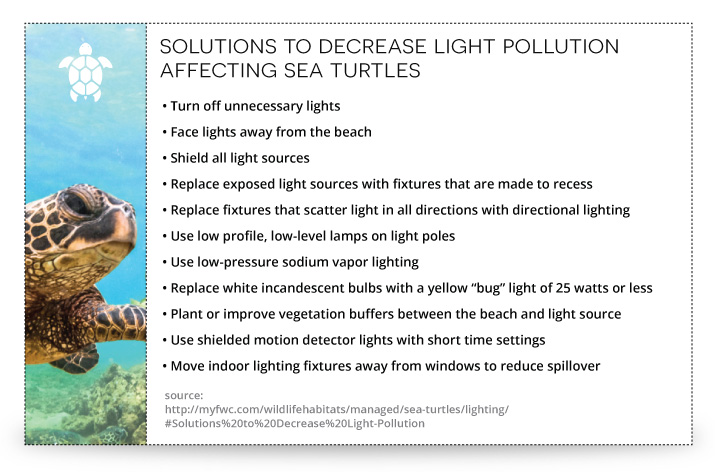
7. Monitoring and Assessing the Turtle’s Health
7.1 Observing behavioral changes
Regularly observing your turtle’s behavior is an important practice for monitoring their overall health. Changes in activity levels, appetite, and overall demeanor may indicate underlying health issues. If you notice any significant changes in your turtle’s behavior, it is essential to seek veterinary advice for a thorough examination.
7.2 Health indicators to watch for
In addition to behavioral changes, certain health indicators can provide important insights into a turtle’s well-being. These include maintaining a healthy body weight, having clear eyes and nostrils, and a strong and undamaged shell. Regularly checking for signs of illness or injury, such as lethargy, loss of appetite, discharge, or abnormal growths, can help identify potential health concerns.
7.3 Seeking veterinary advice if necessary
If you have any concerns about your turtle’s health or notice any significant changes in their behavior or appearance, it is important to consult with a veterinary professional experienced in reptile care. They can assess your turtle’s condition, conduct necessary tests, and provide appropriate guidance and treatment if needed.
8. Troubleshooting Common Issues
8.1 Adjusting light intensity
If you find that the light intensity is not suitable for your turtle’s needs, it is possible to adjust it by using dimmer switches or different wattage bulbs. A reptile specialist can provide guidance on appropriate light intensities based on your turtle species and their specific requirements. It is important to regularly monitor your turtle’s behavior and make necessary adjustments to ensure they are receiving the optimal lighting conditions.
8.2 Addressing temperature fluctuations
Proper temperature regulation is crucial for turtles’ health, and the lighting system plays a significant role in maintaining suitable temperatures within their enclosure. If you notice temperature fluctuations, it may be necessary to adjust the position or intensity of the lighting fixtures or use additional heating elements such as ceramic heat emitters or basking bulbs to achieve the desired temperature range for your turtle.
8.3 Dealing with power outages
Power outages can disrupt the lighting schedule and impact the well-being of turtles, especially those reliant on external heat sources. It is important to have backup power options in place, such as battery-powered lamps or uninterruptible power supply (UPS) systems, to ensure the lighting and heating requirements are met during power outages. Promptly addressing power outages and maintaining a stable lighting schedule will minimize stress and potential health issues for your turtle.
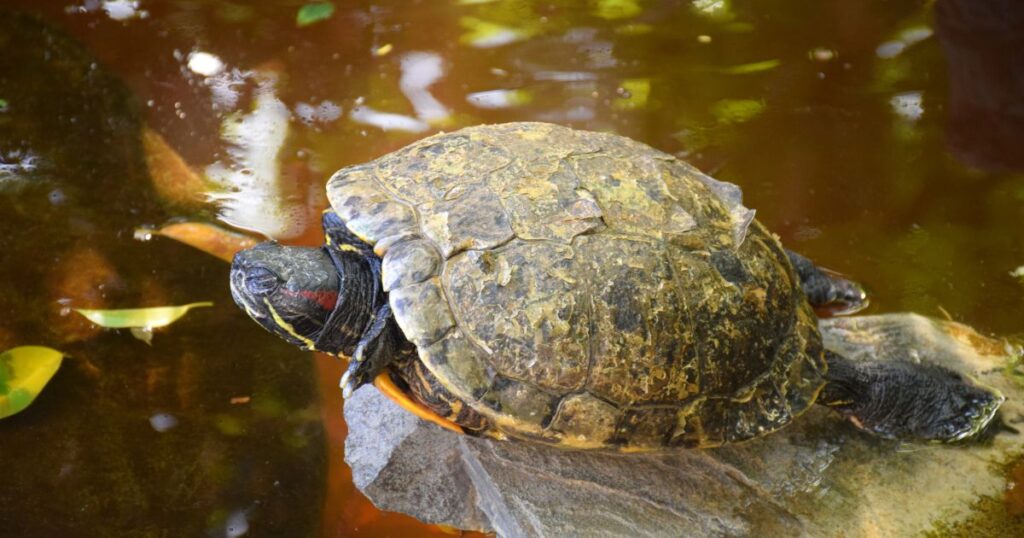
9. Case Studies: Successful Lighting Schedules
9.1 Case study 1: Aquatic turtle in a home aquarium
In this case study, an aquatic turtle is kept in a home aquarium with a carefully designed lighting schedule. The schedule involves providing 10 hours of strong light during the day, mimicking the intensity of natural sunlight. This is followed by a gradual decrease in light intensity to simulate dusk and eventually complete darkness during the night. The lighting system includes UVB lighting to support the turtle’s calcium metabolism, and regular monitoring ensures the turtle’s health is maintained.
9.2 Case study 2: Semi-aquatic turtle in an outdoor enclosure
In this case study, a semi-aquatic turtle resides in an outdoor enclosure that is exposed to natural sunlight. The enclosure is designed to provide ample basking areas for the turtle to regulate their body temperature and receive UVB exposure. A shading structure is also included to protect the turtle from excessive heat and to provide a cooler area for retreat. The lighting schedule in this case relies on the natural day-night cycle, with no additional artificial lighting needed.
10. Conclusion
Establishing and maintaining a day-night lighting schedule is crucial for the health and well-being of turtles. By mimicking the natural light cycles they would experience in the wild, we can help maintain their circadian rhythm, support their biological processes, and promote optimal health. By considering factors such as natural lighting conditions, species-specific lighting requirements, and the age and life stage of the turtle, we can design an effective lighting schedule. Implementing the lighting schedule with the right fixtures, paying attention to UVB lighting, and monitoring the turtle’s behavior and health are key to ensuring success. Troubleshooting common issues, seeking veterinary advice when necessary, and learning from case studies can help overcome challenges and provide the best possible care for turtles. By prioritizing a proper day-night lighting cycle, we can contribute to the overall happiness and longevity of our turtle companions.
